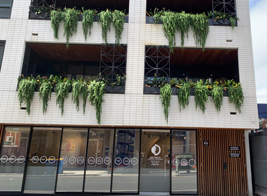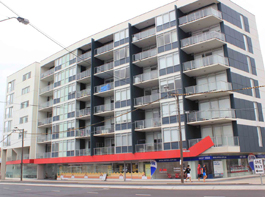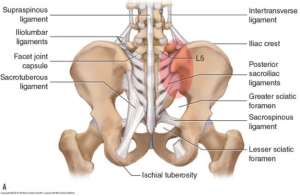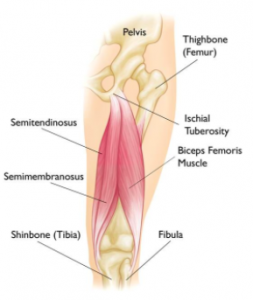Are you a new mum suffering from neck and shoulder pain because you are holding your baby all day everyday now?
You were prepared for the aches and pains of labor and delivery, you knew breastfeeding might be a challenge – but most new moms aren’t prepared for the other tolls a newborn baby can take on your body.
The turned-inward and hunched-over postures required to hold, soothe and nurse/feed a baby – combined with all the ways you “try not to move” in order to keep a sleeping baby sleeping – can result in ultra-sore neck, shoulder and back muscles.
Here are some positions that we recommend all new mum to try out
[supsystic-tables id=4]
Having a different position to switch up the feeding not only helps you to not overload in one particular muscle group and joint on your neck and shoulder it also helps to promote different milk ducts to be emptied properly and fully to prevent mastitis.
Keeping in mind these tips and strategies are just generic advice. If you are still experiencing pain, I suggest booking it with us to have a proper and more tailored assessment and advice.
Here at Capital Physiotherapy, our physiotherapists are the experts in helping you to fix your issues as well as all the discomfort that comes with it!
We can help you lead a healthier and pain free lifestyle.
Our physiotherapist will be able to give a full assessment on you and come out with individualised advice/ treatment plan that is tailored for your particular needs.
At Capital Physiotherapy, your initial appointment is 40-60minutes long. This allows our physios to be thorough in their assessment, as well as giving them enough time to give you treatment on the same consultation!
For any physiotherapy related concerns, visit us at any of our clinics near you or drop an email at info@capitalphysiotherapy.com.au. We also provide Telehealth Consultation for your safety and convenience during this pandemic.


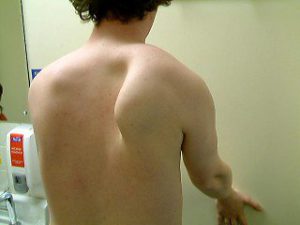
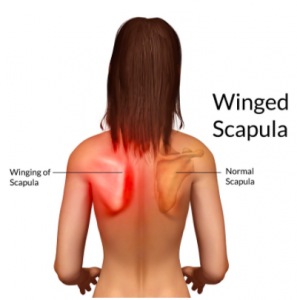 How can Capital Physiotherapy help reduce scapula winging?
How can Capital Physiotherapy help reduce scapula winging? With her wealth of clinical experience – in both public and private systems, Melanie is contactable at Capital Physiotherapy’s Hawthorn Physio clinic to provide you with the best physio treatment in the Hawthorn and for the surrounding suburbs.
With her wealth of clinical experience – in both public and private systems, Melanie is contactable at Capital Physiotherapy’s Hawthorn Physio clinic to provide you with the best physio treatment in the Hawthorn and for the surrounding suburbs.